- Home
- Our Heritage
Swipe to explore
 Organisational History
Organisational History
Singapore Immigration
1933
1952
1957
Late 1960s
1984
1986
1989
1995
1997
1998
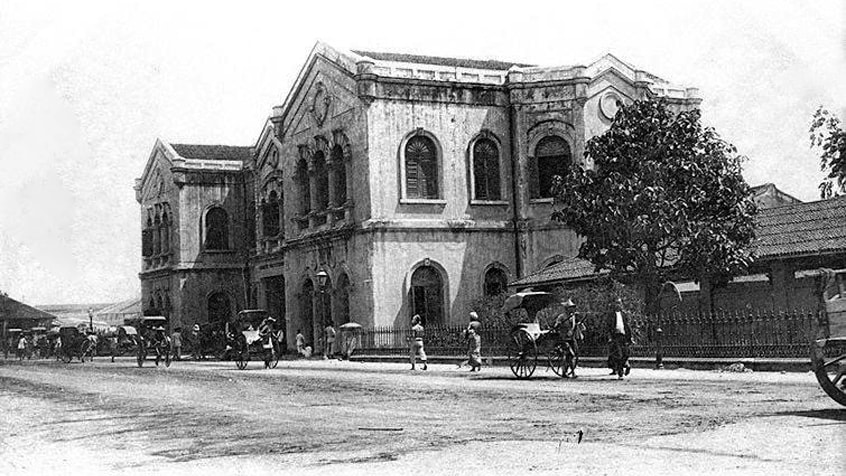
1933: The Malayan Immigration Service was established to administer the Aliens Ordinance in the Straits Settlement. The Ordinance granted powers of banishment and deportation on the government, allowing it to monitor the number of arriving immigrants. The powers granted under the Passenger Restriction Ordinance and the Passport Ordinance were also conferred to the officers under the Service. Its office was located at Havelock Road, Chinese Protectorate Building.
Photo: Courtesy of National Archives of Singapore
Photo: Courtesy of National Archives of Singapore
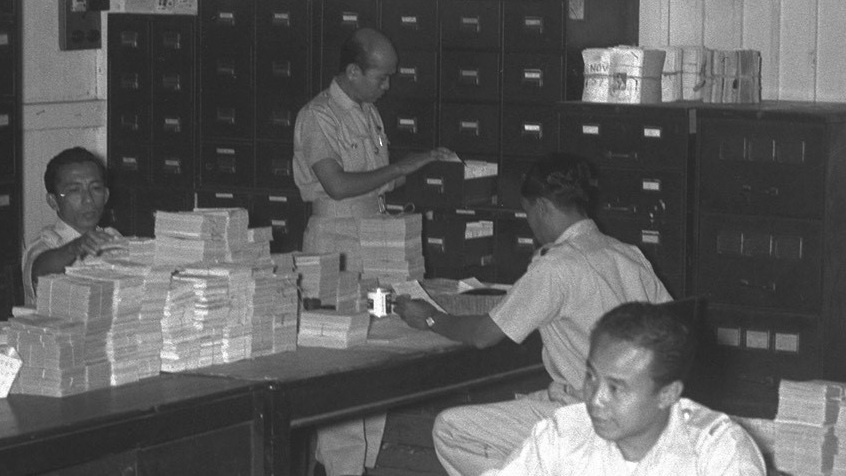
1952: The growth of immigration legislature and procedures in the post-war years led to the move of the Immigration Head Office to the ground floor of the new Government Offices, Palmer Road, off Anson Road. The new building was an improvement from its former office in the Chinese Protectorate Building.
Photo: Ministry of Information and the Arts Collection, courtesy of National Archives of Singapore
Photo: Ministry of Information and the Arts Collection, courtesy of National Archives of Singapore
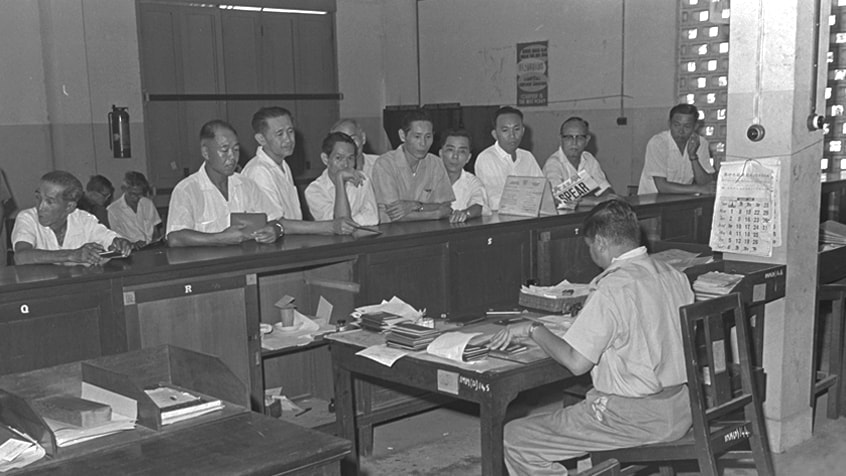
1957: The Immigration Department was the first major department in Singapore to be completely Malayanised, where local staff completely assumed responsibility for the department.
Photo: Ministry of Information and the Arts Collection, courtesy of National Archives of Singapore
Photo: Ministry of Information and the Arts Collection, courtesy of National Archives of Singapore
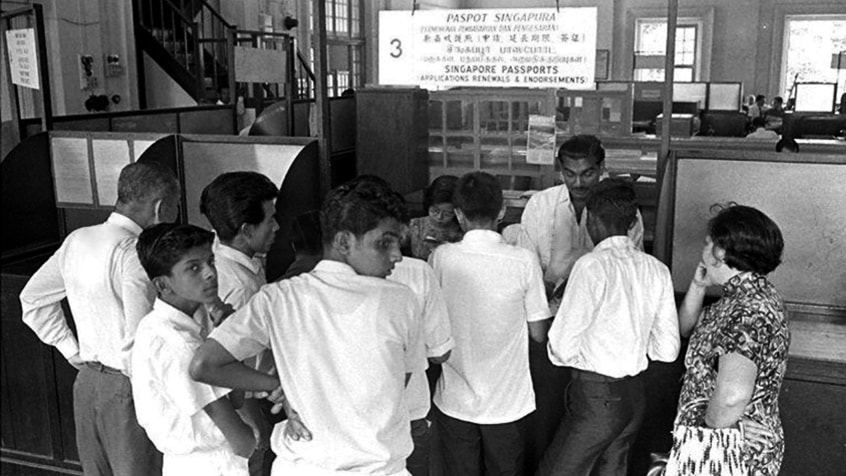
Late 1960s: After independence, the main functions of the Immigration Department, which was located at Empress Place since 1961, were twofold - to regulate the entry of all persons into Singapore regardless of length of stay, and to issue travel documents to Singapore citizens and stateless permanent residents to facilitate their travel out of Singapore.
Photo: Ministry of Information and the Arts Collection, courtesy of National Archives of Singapore
Photo: Ministry of Information and the Arts Collection, courtesy of National Archives of Singapore
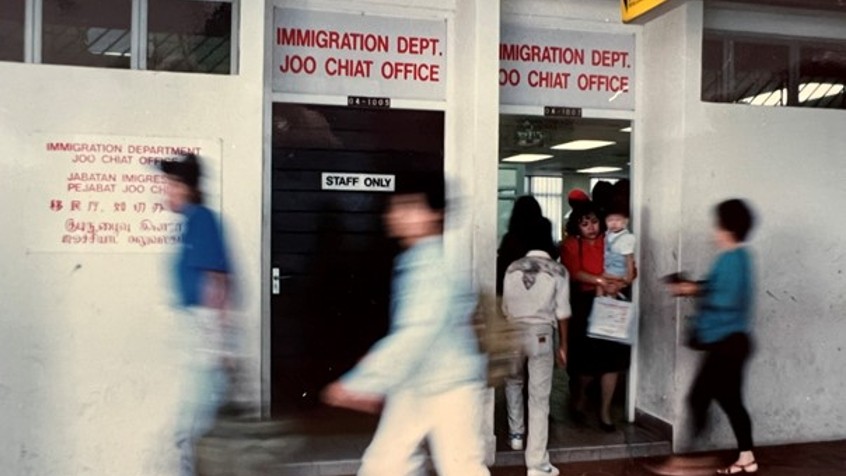
1984: The Immigration Department took the first step towards decentralisation of its services by setting up an office in the Joo Chiat Complex. It was meant to serve Singaporeans residing in the East and to relieve the passport issuance workload of the Immigration Head Office at Empress Place.
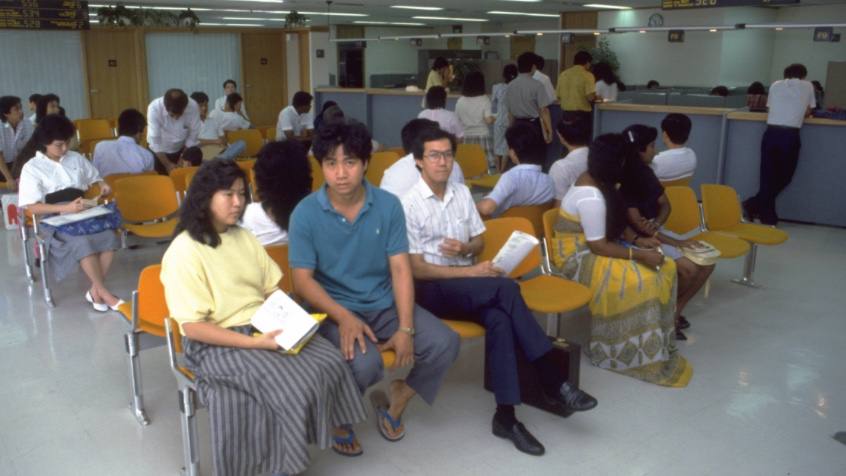
1986: The Immigration Department moved to Pidemco Centre at South Bridge Road. It needed to move out of Empress Place to facilitate tunnelling works for an MRT line. The new premises changed the way counter service was administered. The public could sit in air-conditioned halls and wait for their queue number to be called, as opposed to having to queue in the non-air-conditioned Empress Place.
Photo: Ministry of Information and the Arts Collection, courtesy of National Archives of Singapore
Photo: Ministry of Information and the Arts Collection, courtesy of National Archives of Singapore
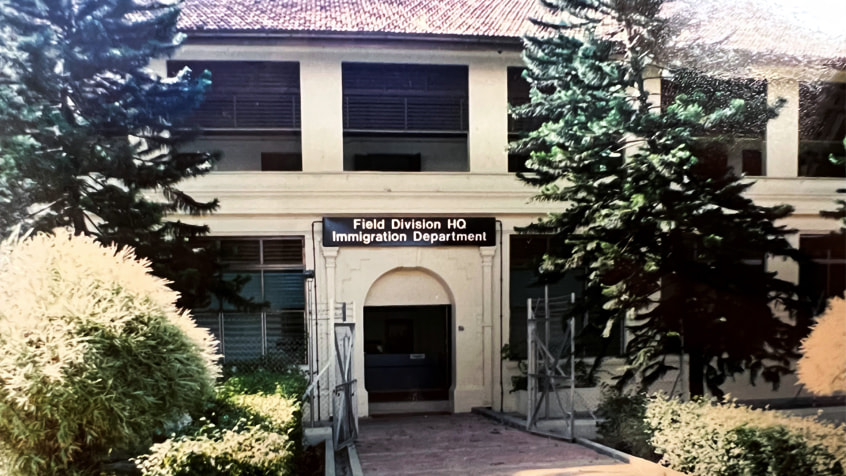
1989: In February, the Immigration Department’s Field Division Headquarters, which was the enforcement arm of the Immigration Department, moved to 86 East Coast Road, comprising four blocks of renovated colonial buildings. Previously, the Field Division Headquarters was located at the CID Building at Robinson Road.
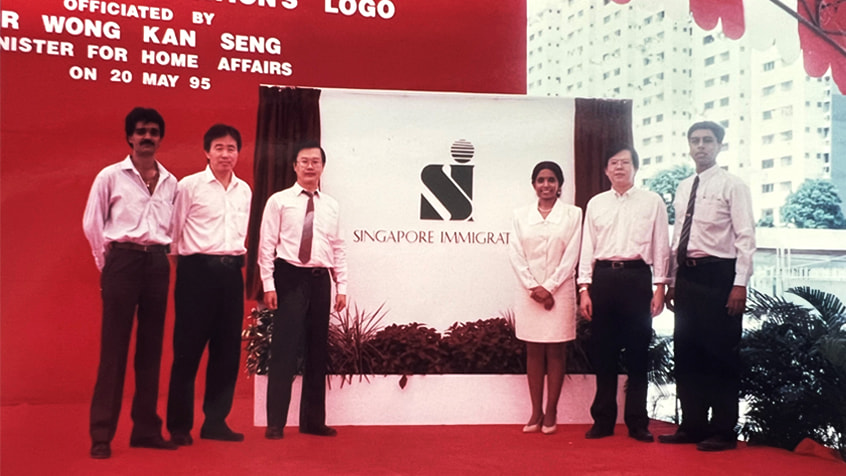
Unveiling of the new SI logo
1995: The Immigration Department was officially known as Singapore Immigration (SI). A new logo was unveiled during the stone-laying ceremony for a new Singapore Immigration building on 20 May.

The SI logo
1995: The Immigration Department was officially known as Singapore Immigration (SI). A new logo was unveiled during the stone-laying ceremony for a new Singapore Immigration building on 20 May.

1997: Singapore Immigration (SI) relocated its operations to the SI Building at 10 Kallang Road.

1998: On 1 April, Singapore Immigration & Registration was formed, a merger between the National Registration Department (NRD) and Singapore Immigration (SI). The merger, with the proposal being surfaced several times since the 1980s, was to provide a one-stop service for citizens, permanent residents and foreign visitors, given that immigration and registration of individuals are inextricably linked.
National Registration Department
1869
1948
1955
1965
1966
1971
1981
1997
1998
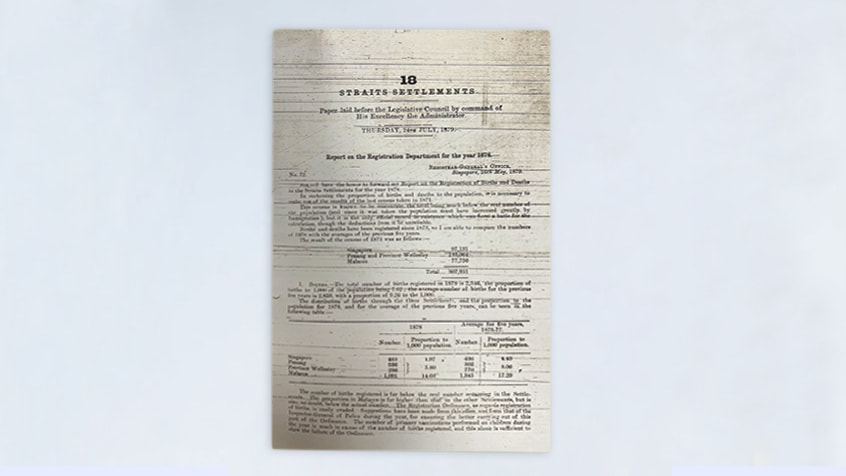
1869: Under the colonial government of the Straits Settlement, the Births and Deaths Registration Ordinance was the first law that addressed the issue of registration, stating that the registration of births and deaths would begin in May 1869. However, registration remained voluntary and was not well-enforced. The Dangerous Societies Suppression was also introduced to deal with conflict-prone groups and societies. To oversee registration efforts, the Registration Department under the Straits Settlements was established in the late 19th century.
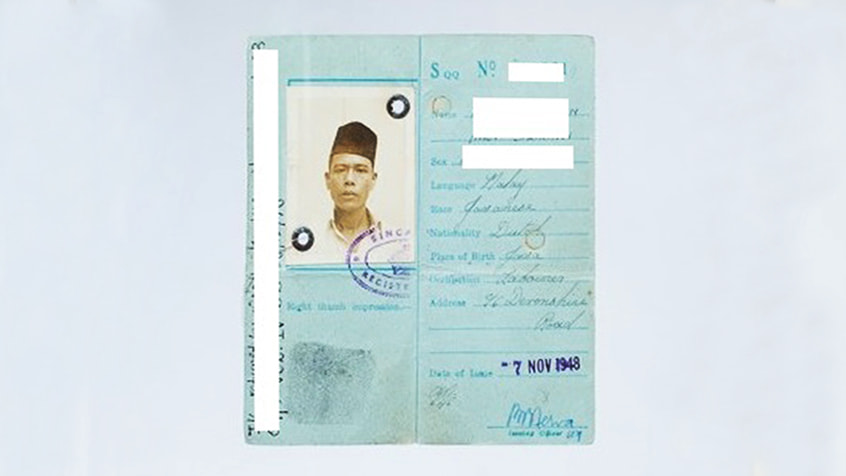
An identity card issued in 1948
1948: The National Registration Office of the colonial government began issuing paper-based identity cards, to reinforce the imposition of the Emergency Regulations to combat the communist insurrection in Malaya and Singapore.
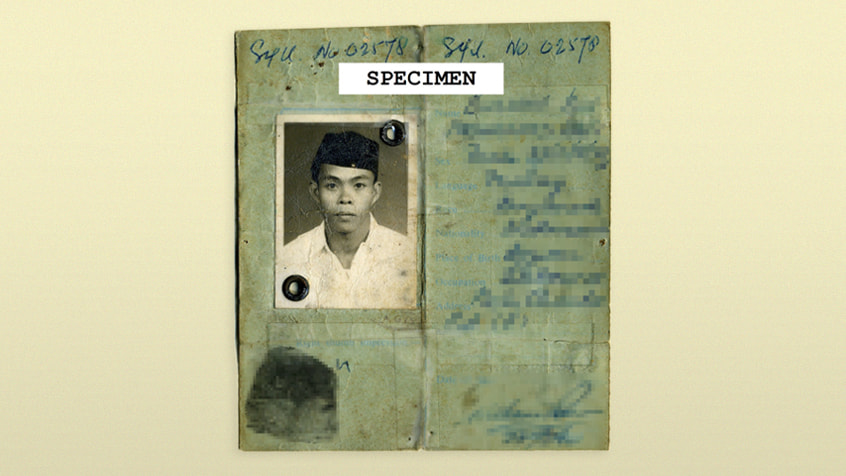
An identity card issued in 1962
1955: The Registration of Persons Ordinance was introduced, where any person aged 12 or older who resided in Singapore for more than 30 days was required to obtain an identity card. The Ordinance was overseen by the Registry of Persons.
1965: After independence, the Registry of Births and Deaths, which was under Malaysian federal jurisdiction, came under the portfolio of the Ministry of Labour.
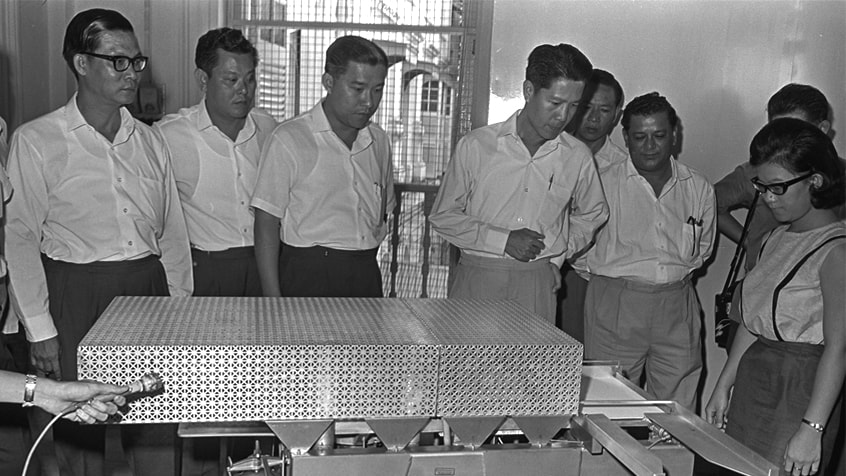
1966: The National Registration Act (1965) was introduced, resulting in the set up of the National Registration Office in May, in place of the former Registry of Persons.
Photo: Then-Minister for Labour Jek Yeun Thong (fourth from left) visited Empress Place in 1966 to see how laminated plastic identity cards would be made during the upcoming national re-registration exercise. (Source: Ministry of Information and the Arts Collection, courtesy of National Archives of Singapore)
Photo: Then-Minister for Labour Jek Yeun Thong (fourth from left) visited Empress Place in 1966 to see how laminated plastic identity cards would be made during the upcoming national re-registration exercise. (Source: Ministry of Information and the Arts Collection, courtesy of National Archives of Singapore)
1971: Previously under the Ministry of Labour, the Registry of Births & Deaths came under the Ministry of Home Affairs’ portfolio in April.
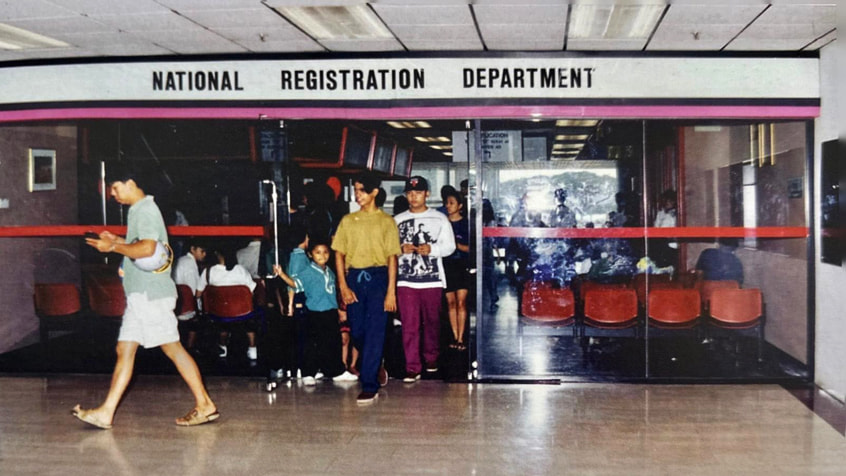
NRD in Colombo Court
1981: The National Registration Department (NRD), which comprised the National Registration Office, Registry of Births and Deaths, Registry of Citizens and Registry of Societies, was established in October under the Ministry of Home Affairs. It moved to Colombo Court in 1987.

NRD logo
1981: The National Registration Department (NRD), which comprised the National Registration Office, Registry of Births and Deaths, Registry of Citizens and Registry of Societies, was established in October under the Ministry of Home Affairs. It moved to Colombo Court in 1987.

1997: NRD relocated to the Singapore Immigration Building in July at 10 Kallang Road, paving the way for the merger with Singapore Immigration in 1998.

1998: On 1 April, Singapore Immigration & Registration was formed, a merger between the National Registration Department (NRD) and Singapore Immigration (SI). The merger, with the proposal being surfaced several times since the 1980s, was to provide a one-stop service for citizens, permanent residents and foreign visitors, given that immigration and registration of individuals are inextricably linked.
Customs & Excise Department
1910
1932
1938
1962
1989
1996
2003
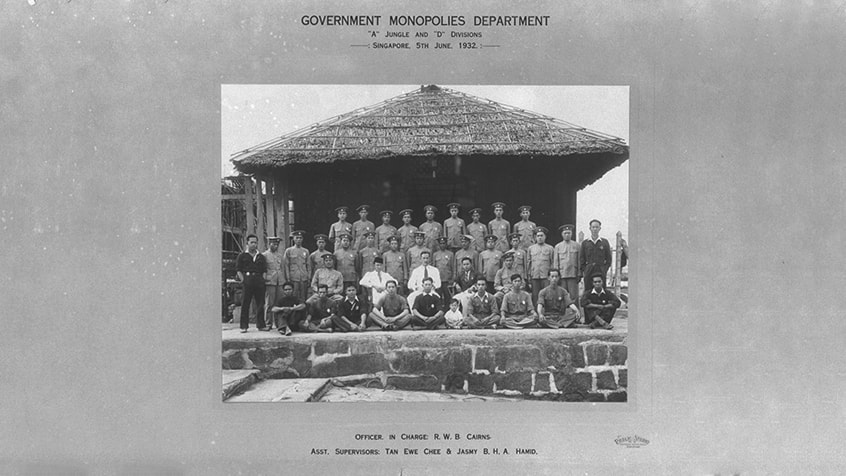
Government Monopolies Department
1910: The British Government Monopolies Department was established to control opium and spirit revenue.
Photo: Courtesy of National Archives of Singapore
Photo: Courtesy of National Archives of Singapore
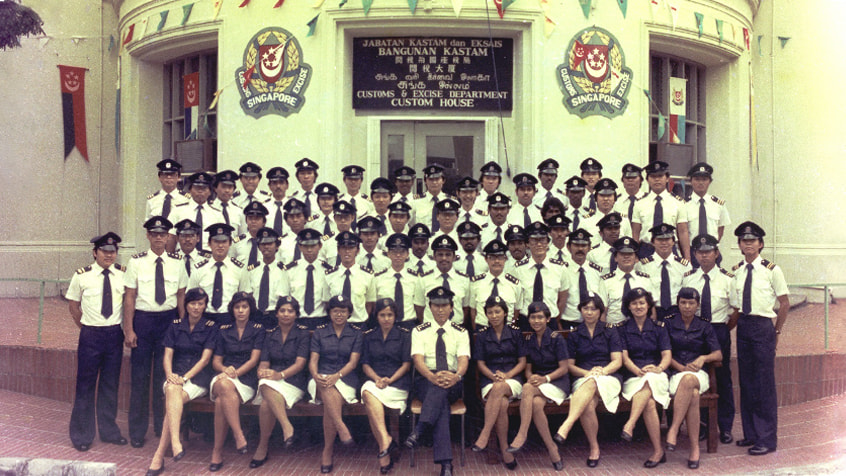
Custom House
1932: The Department of Customs & Excise was relocated from Cecil Street to Custom House, which was built to house the Department. It was based there until 1989.
1938: The name of the Excise Department was changed to Department of Customs & Excise and designation of its head amended to Comptroller of Customs. This came three years after it was renamed as Excise Department from Monopolies Department.
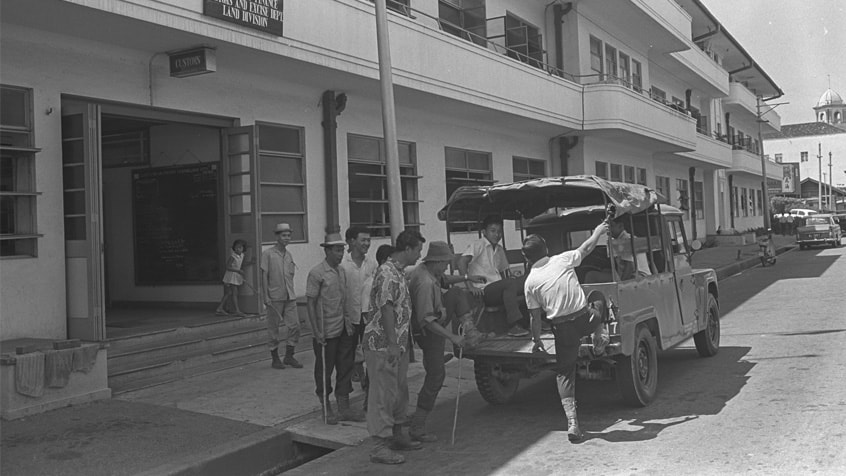
Officers leaving for a raid in 1966
1962: The Department of Customs & Excise was Malayanised, where local staff assumed responsibility for the Department.
Photo: Ministry of Information and the Arts Collection, courtesy of National Archives of Singapore
Photo: Ministry of Information and the Arts Collection, courtesy of National Archives of Singapore
.jpg?sfvrsn=c86ed8df_0)
1989: The Customs & Excise Department moved to a larger, rented premises at the World Trade Centre. The move was to provide more convenience for the public as it was equipped with up-to-date facilities and located near the Trade Development Board's offices. As such, traders, shipping agents and transport agents did not need to travel from one place to another to settle customs-related matters.
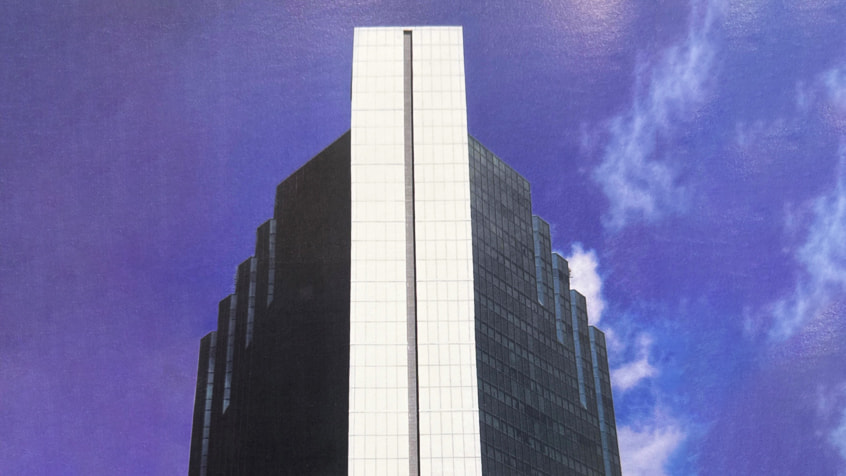
1996: The Customs & Excise Department moved to Revenue House, allowing members of the public to settle customs matters at a one-stop centre.
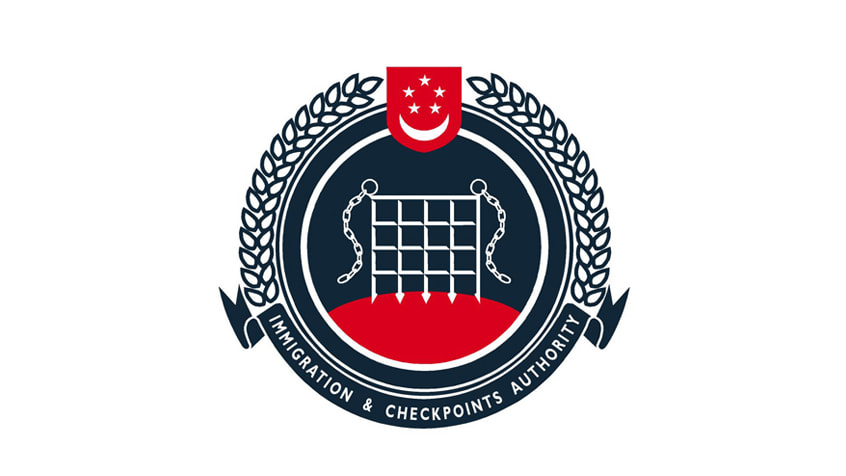
2003: On 1 April, Singapore Immigration & Registration and the checkpoint functions of the Customs & Excise Department (CED) merged to form the Immigration & Checkpoints Authority (ICA). The merger was to enable a more coordinated and quicker response to any security threat or crisis, following the September 11 terror attacks in the United States. CED was reconstituted as Singapore Customs with trade facilitation and revenue enforcement roles.
Singapore Immigration & Registration
1998
2002
2003
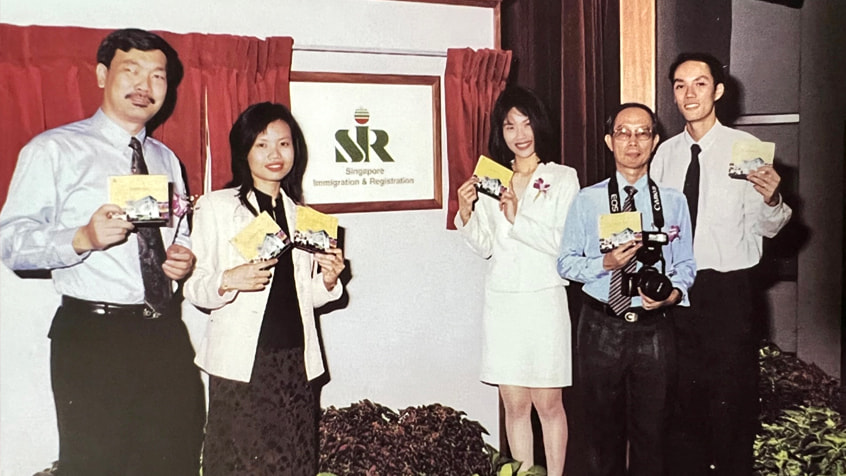
Opening ceremony of SIR Building
1998: On 1 April, Singapore Immigration & Registration (SIR) was formed, a merger between the National Registration Department (NRD) and Singapore Immigration (SI). The merger, with the proposal being surfaced several times since the 1980s, was to provide a one-stop service for citizens, permanent residents and foreign visitors, given that immigration and registration of individuals are inextricably linked.
The SIR logo was publicly unveiled by Mr Wong Kan Seng, then-Minister for Home Affairs on 3 March 1998, during the opening ceremony of the SIR Building.
The SIR logo was publicly unveiled by Mr Wong Kan Seng, then-Minister for Home Affairs on 3 March 1998, during the opening ceremony of the SIR Building.

SIR logo
1998: On 1 April, Singapore Immigration & Registration (SIR) was formed, a merger between the National Registration Department (NRD) and Singapore Immigration (SI). The merger, with the proposal being surfaced several times since the 1980s, was to provide a one-stop service for citizens, permanent residents and foreign visitors, given that immigration and registration of individuals are inextricably linked.
The SIR logo was publicly unveiled by Mr Wong Kan Seng, then-Minister for Home Affairs on 3 March 1998, during the opening ceremony of the SIR Building.
The SIR logo was publicly unveiled by Mr Wong Kan Seng, then-Minister for Home Affairs on 3 March 1998, during the opening ceremony of the SIR Building.
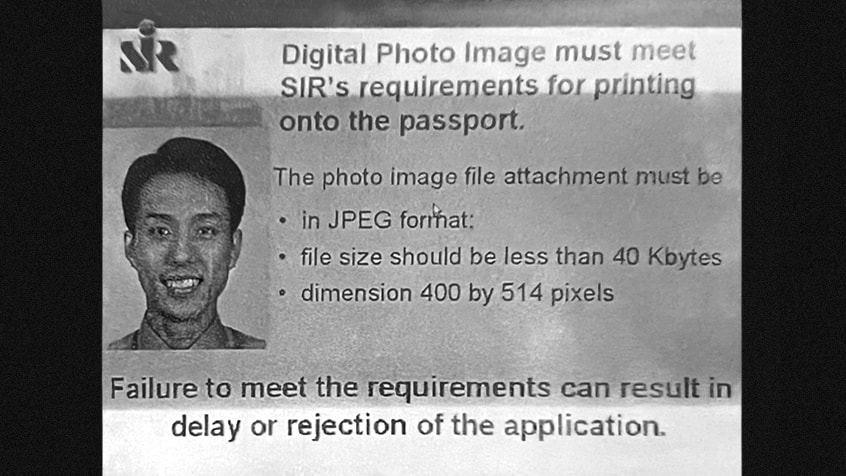
2002: SIR introduced a number of technology-related initiatives to enhance customers' service experience and strengthen operational efficiency. One of them was the Application for Passport Online Electronic System (APPLES), which was launched in 2002 during the nascent growth of the use of Internet, allowing Singapore citizens to apply for their passport anytime, anywhere.

2003: On 1 April, SIR and the checkpoint functions of the Customs & Excise Department (CED) merged to form the Immigration & Checkpoints Authority (ICA). The merger was to enable a more coordinated and quicker response to any security threat or crisis, following the September 11 terror attacks in the United States. CED was reconstituted as Singapore Customs with trade facilitation and revenue enforcement roles.
Immigration & Checkpoints Authority
2003
2015
2019
2024
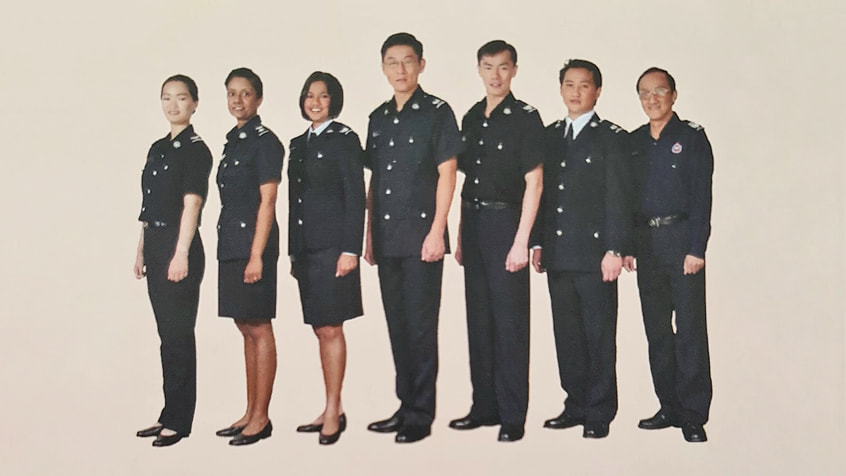
ICA officers in navy blue uniforms
2003: On 1 April, Singapore Immigration & Registration and the checkpoint functions of the Customs & Excise Department merged to form the Immigration & Checkpoints Authority (ICA). The Registry of Societies went under the purview of the Ministry of Home Affairs. The merger was to enable a more coordinated and quicker response to any security threat or crisis, following the September 11 terror attacks in the United States.
Its vision and mission were:
VISION
Inspiring Confidence in All
MISSION
We ensure that the movement of people, goods and conveyances through our checkpoints is legitimate and lawful. We administer and uphold our laws on immigration, citizenship and national registration fairly and effectively.
Its vision and mission were:
VISION
Inspiring Confidence in All
MISSION
We ensure that the movement of people, goods and conveyances through our checkpoints is legitimate and lawful. We administer and uphold our laws on immigration, citizenship and national registration fairly and effectively.

ICA logo in 2003
2003: On 1 April, Singapore Immigration & Registration and the checkpoint functions of the Customs & Excise Department merged to form the Immigration & Checkpoints Authority (ICA). The Registry of Societies went under the purview of the Ministry of Home Affairs. The merger was to enable a more coordinated and quicker response to any security threat or crisis, following the September 11 terror attacks in the United States.
Its vision and mission were:
VISION
Inspiring Confidence in All
MISSION
We ensure that the movement of people, goods and conveyances through our checkpoints is legitimate and lawful. We administer and uphold our laws on immigration, citizenship and national registration fairly and effectively.
Its vision and mission were:
VISION
Inspiring Confidence in All
MISSION
We ensure that the movement of people, goods and conveyances through our checkpoints is legitimate and lawful. We administer and uphold our laws on immigration, citizenship and national registration fairly and effectively.
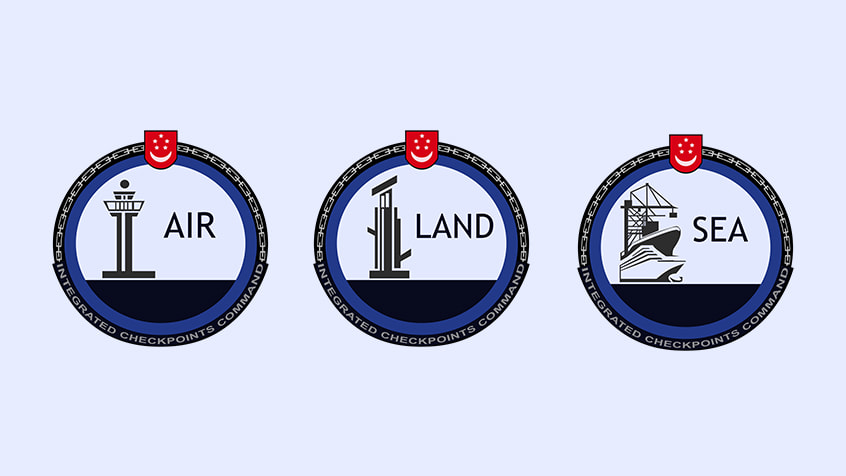
2015: The Integrated Checkpoints Command concept was launched, to strengthen the coordination among the Home Team agencies at the checkpoints, under a unified command and control structure.
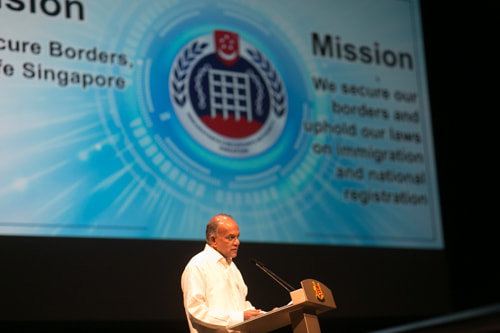
2019: ICA’s refreshed vision, mission and crest were launched in May at ICA's Workplan Seminar, in light of its transformation efforts for its checkpoints (New Clearance Concept) and services centres (Services Centre Next-Generation).
VISION
Secure Borders, Safe Singapore
MISSION
We secure our borders and uphold our laws on immigration and national registration
VISION
Secure Borders, Safe Singapore
MISSION
We secure our borders and uphold our laws on immigration and national registration
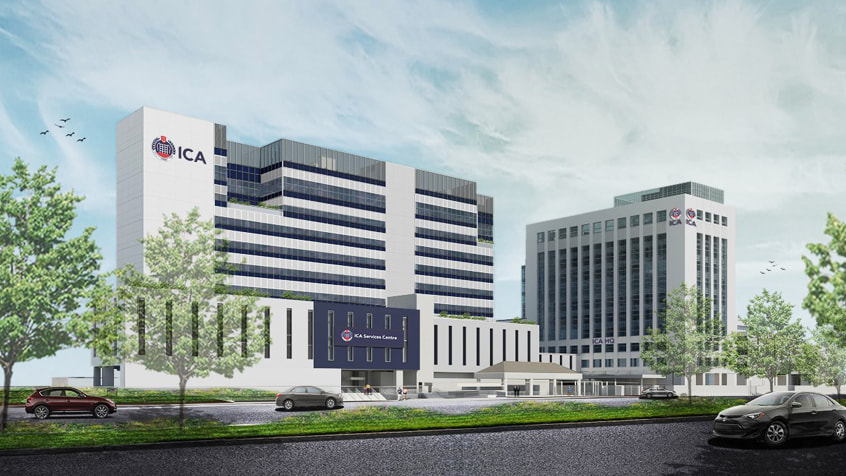
2024: The new ICA Services Centre, which will leverage robotics and biometrics for secure document storage and issuance, will be built next to the ICA Building. It is set to be completed in 2024.


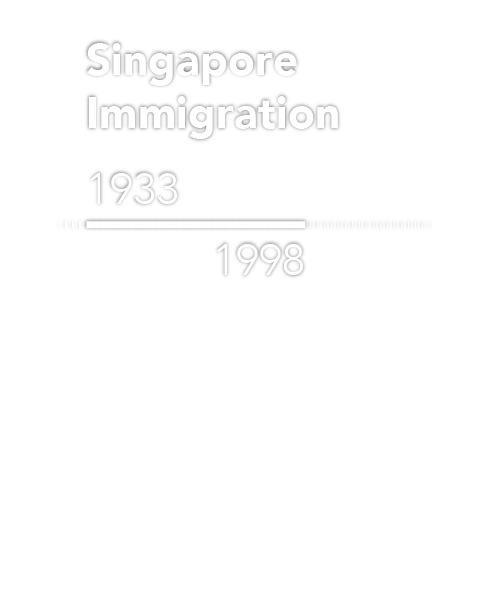

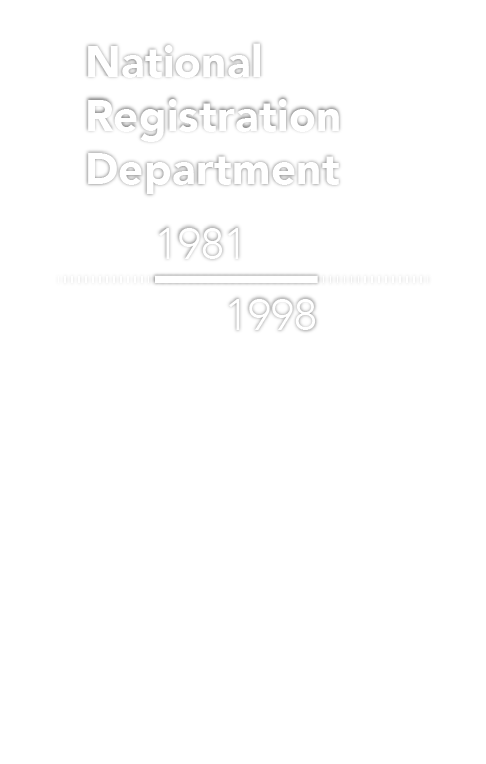

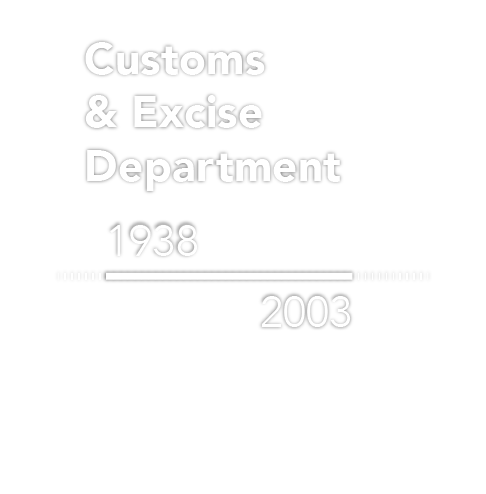

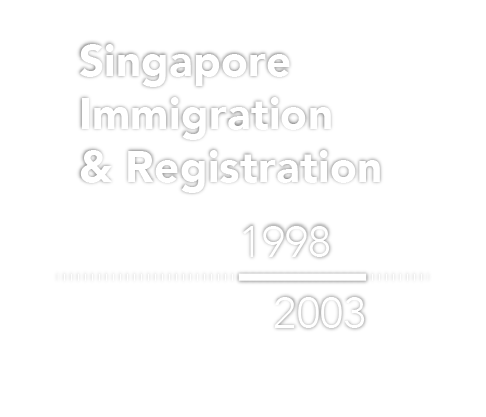



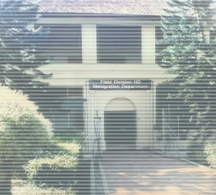


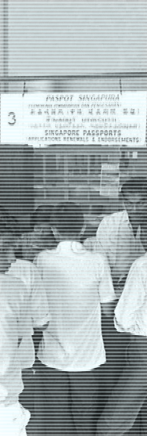
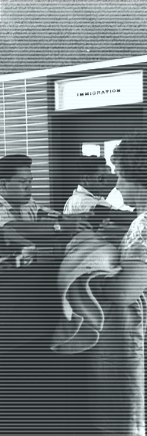


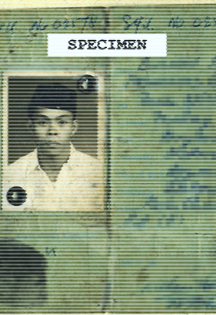


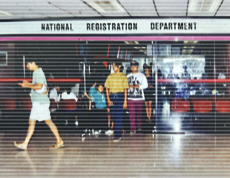








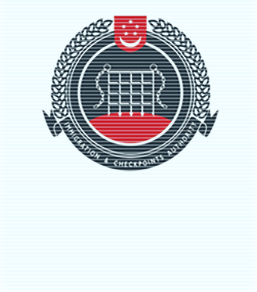

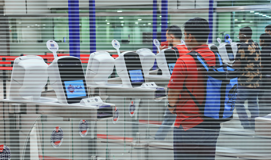
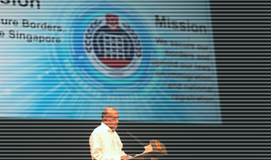








Share this link via